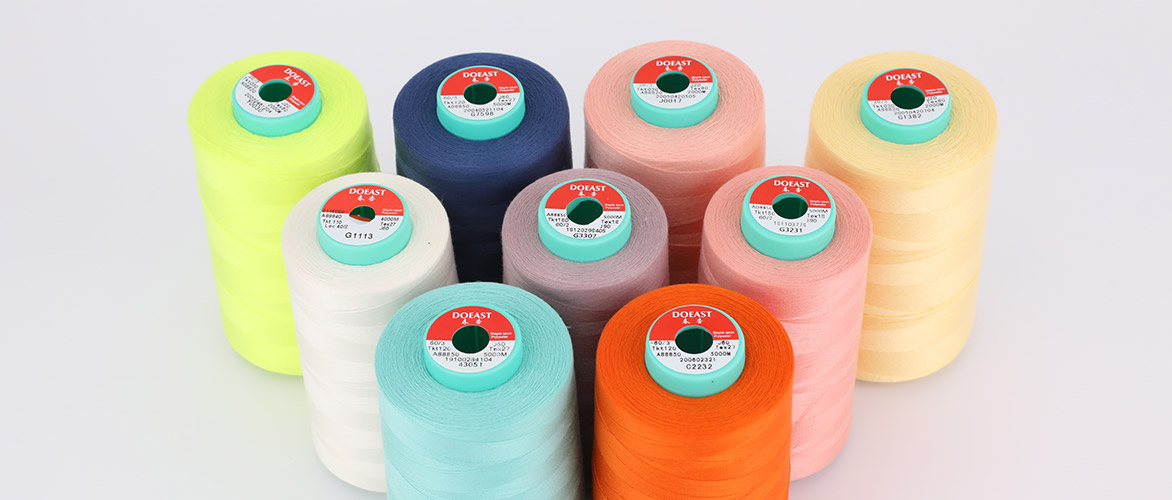1. Cotton fiber and hemp fiber Cotton fiber and hemp fiber are both flammable when they are close to the flame, burning rapidly, the flame is yellow, and blue smoke is emitted. The difference between the odors emitted by the two during combustion and the ashes after burning is that the burning of cotton gives off the smell of paper, and the burning of hemp gives off the smell of plant ash; after burning, cotton has very little powder ash, which is black or gray, while hemp produces a small amount of off-white powder ash.
2. Wool fiber and silk wool emit smoke when exposed to fire, foaming when burning, slow burning speed, emitting a burnt smell of burning hair, and the ashes after burning are mostly glossy black spherical particles, which can be broken when pressed with fingers. Silk shrinks into a ball when exposed to fire, burns at a slow speed, with a sizzling sound, giving off a burning smell of hair, and turns into black-brown ball-shaped ashes after burning, which can be broken when twisted by hand.
3. The scientific name of nylon and polyester nylon is polyamide fiber. Near the flame, it quickly curls and melts into a white gelatinous shape. It melts and drips and foams in the flame. There is no flame when burning. The light brown melt was not easily ground after cooling. The scientific name of polyester is polyester fiber. It is easy to ignite, and it melts near the flame. When burning, it melts and emits black smoke. It has a yellow flame and emits a fragrant smell.
4. The scientific name of acrylic fiber and polypropylene acrylic fiber is polyacrylonitrile fiber, which softens and shrinks near fire, emits black smoke after fire, and the flame turns white. , fragile when twisted by hand. The scientific name of polypropylene fiber is polypropylene fiber. It melts near the flame and is flammable. It burns slowly and emits black smoke from the fire. The upper end of the flame is yellow and the lower end is blue. broken.
5. The scientific name of vinylon and vinylon is polyvinyl formal fiber, which is not easy to ignite, melts and shrinks near the flame, and there is a little flame at the top when burning. When the fibers are melted into a jelly-like flame, the flame becomes larger, with thick black smoke and a bitter smell. , after burning, black bead-like particles remain, which can be crushed with fingers. The scientific name of polyvinyl chloride fiber is polyvinyl chloride fiber. It is difficult to burn, and it will be extinguished immediately after leaving the fire. The flame is yellow, and the lower end is green and white smoke.
6. The scientific name of spandex and fluorine spandex is polyurethane fiber. It burns while melting near the fire. When burning, the flame is blue. When it leaves the fire, it continues to melt and burn, giving off a special pungent odor. After burning, the ashes are soft and fluffy black. Ash. The scientific name of fluorine is polytetrafluoroethylene fiber, which is called fluorite fiber by the ISO organization. It only melts near the flame, is difficult to ignite, and does not burn. The edge flame is blue-green carbonized, melted and decomposed, the gas is poisonous, and the melt is hard and round black. beads. Fluorocarbon fibers are commonly used in the textile industry to make high-performance sewing threads.
7. Viscose fiber and cuprammonium fiber Viscose fiber is flammable, burns very fast, the flame is yellow, the smell of hot paper is dissipated, the ashes are less after burning, and it is a smooth twisted band-shaped light gray or gray-white fine powder. Copper ammonium fiber, commonly known as tiger kapok, burns near the flame, the burning speed is fast, the flame is yellow, the ester acid smell is emitted, and there is very little ash after burning, only a small amount of gray-black ash.


Zhejiang Doeast Thread Co.,ltd. is famous China cotton sewing thread manufacturers and high elastic sewing thread factory. Company specializing in the production and sales of all types of industrial sewing thread, variety anddiverse, covering almost the market required all sewing thread category, mainly related to polyester, nylon and cotton sewing thread.
Different categories of product thickness range can meet the various needs of different thickness offabrics and sewing operations. Suitable for using in all kinds of knitted and woven fabrics and leather.

 English
English Chinese
Chinese Japan
Japan


